Wisconsin Faces 'Critically High' Rates of COVID-19 Activity
The state set a new record of 7,497 new cases Thursday as the Department of Health Service creates a new "critically high" category for COVID-19 spread in Wisconsin.
November 12, 2020
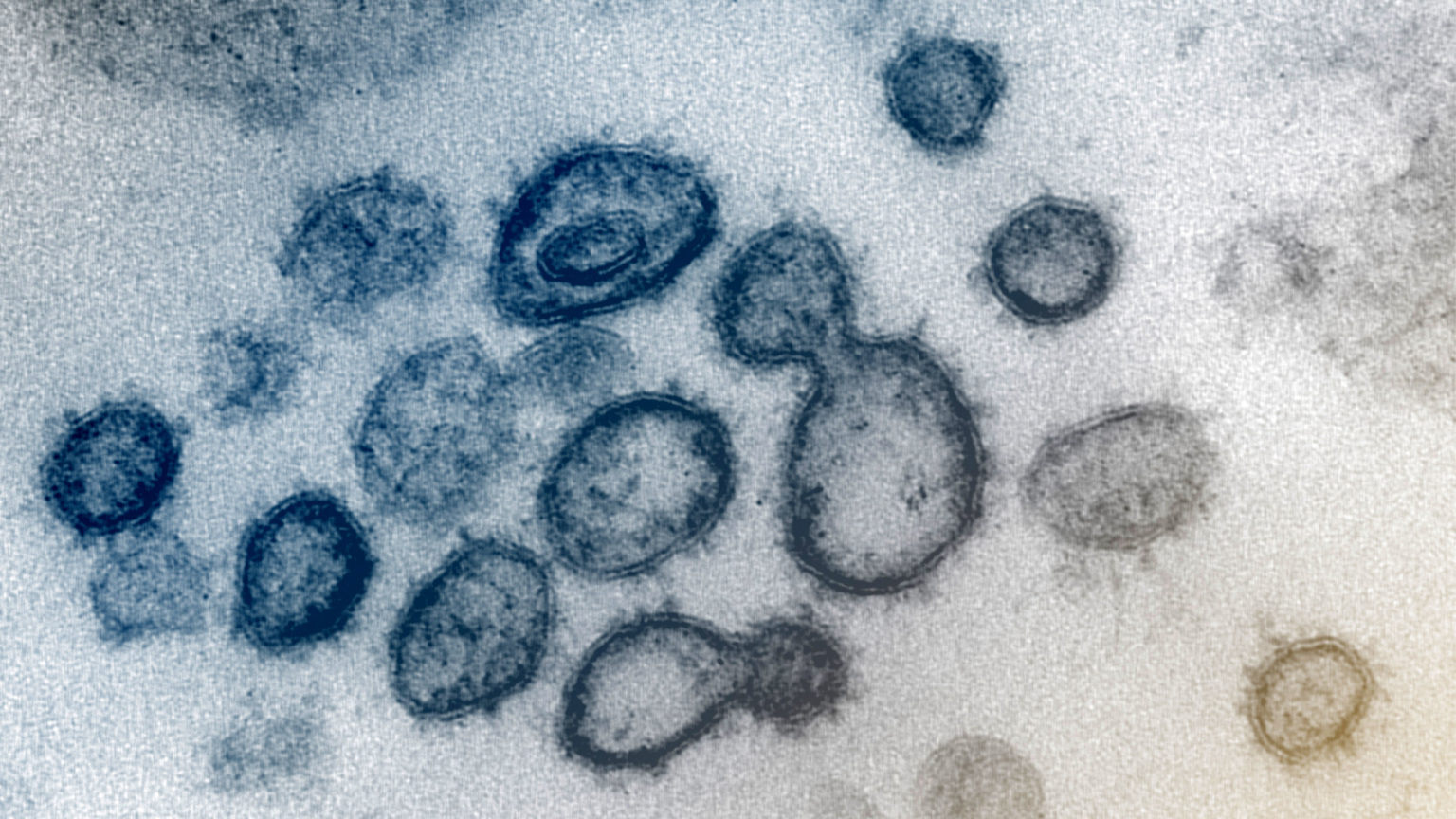
This transmission electron microscope image shows SARS-CoV-2—also known as 2019-nCoV, the virus that causes COVID-19—isolated from a patient in the U.S. Virus particles are shown emerging from the surface of cells cultured in the lab. The spikes on the outer edge of the virus particles give coronaviruses their name, crown-like. Image captured and colorized at NIAID's Rocky Mountain Laboratories (RML) in Hamilton, Montana. (Courtesy: NIAID)
Gov. Tony Evers said he will roll out new legislation to combat the COVID-19 pandemic sometime next week, which he promised would be forthcoming in his Tuesday address.
“We are also looking to work with our local public health officers to provide them with the tools necessary where they might be able to play a more aggressive role in this,” Evers said.
“But at the end of the day, we just need to have people understand the importance of the simple things that we’ve been talking about for the last six months.”
This comes as the state broke another record for new daily COVID-19 cases. Wisconsin recorded 7,497 new coronavirus cases Thursday. This time last month, the state was seeing 2,000-3,000 new cases each day.
This also comes with a record-setting 36% positivity rate—meaning more than 1 in 3 people tested positive for the virus Thursday.
Deputy health secretary Julie Willems van Dijk said the continued surge of the virus is pushing the state’s health care system to a critical limit.
“Statewide, only eight percent of ICU beds are available,” she said.
“I know a lot of us looked at New York City in disbelief,” she added, “we worried for the people who live there, and we were also really grateful it wasn’t as bad here in Wisconsin. Well, here in Wisconsin, COVID-19 is that bad now and worse.”
The state’s field hospital recorded its highest census Thursday at 14 patients. Van Dijk said that expanding alternative care facilities will not necessarily help the state’s surge of new cases, as staffing remains the largest concern in the health care system.
“What we have heard consistently from our hospitals is the biggest issue is staff…part of the reason they don’t have staff is their staff are sick or are quarantining,” she said.
“We have worked with health systems across the state to make requests to FEMA to bring in additional staff in the state…but please remember, the most important way to address this is to prevent the patients from needing the care in the first place,” she added.
The Department of Health services created a new category of “critically high” counties that have 1,000 cases per 100,000 residents—meaning 1% of the population is infected.
In Marathon County, one of the critically high areas, a 10-person gathering has a 66% chance that one of the attendees has COVID-19, according to a risk assessment model from Georgia Tech. The probability increases to 93% with a 25-person gathering, and is all but guaranteed at gatherings of 50 or more.
“There’s really no safe gathering right now unfortunately,” said state epidemiologist Dr. Ryan Westergaard. “Large gatherings and small gatherings and inside the household, we have to be as careful as we possibly can be.”
Evers said he would continue to implement measures he can, like the statewide mask mandate, despite being “hamstrung” by the state Supreme Court to do more—like issue stay-at-home orders.
He said he has not yet spoken to Republican legislators on a potential COVID-19 package.
 Passport
Passport




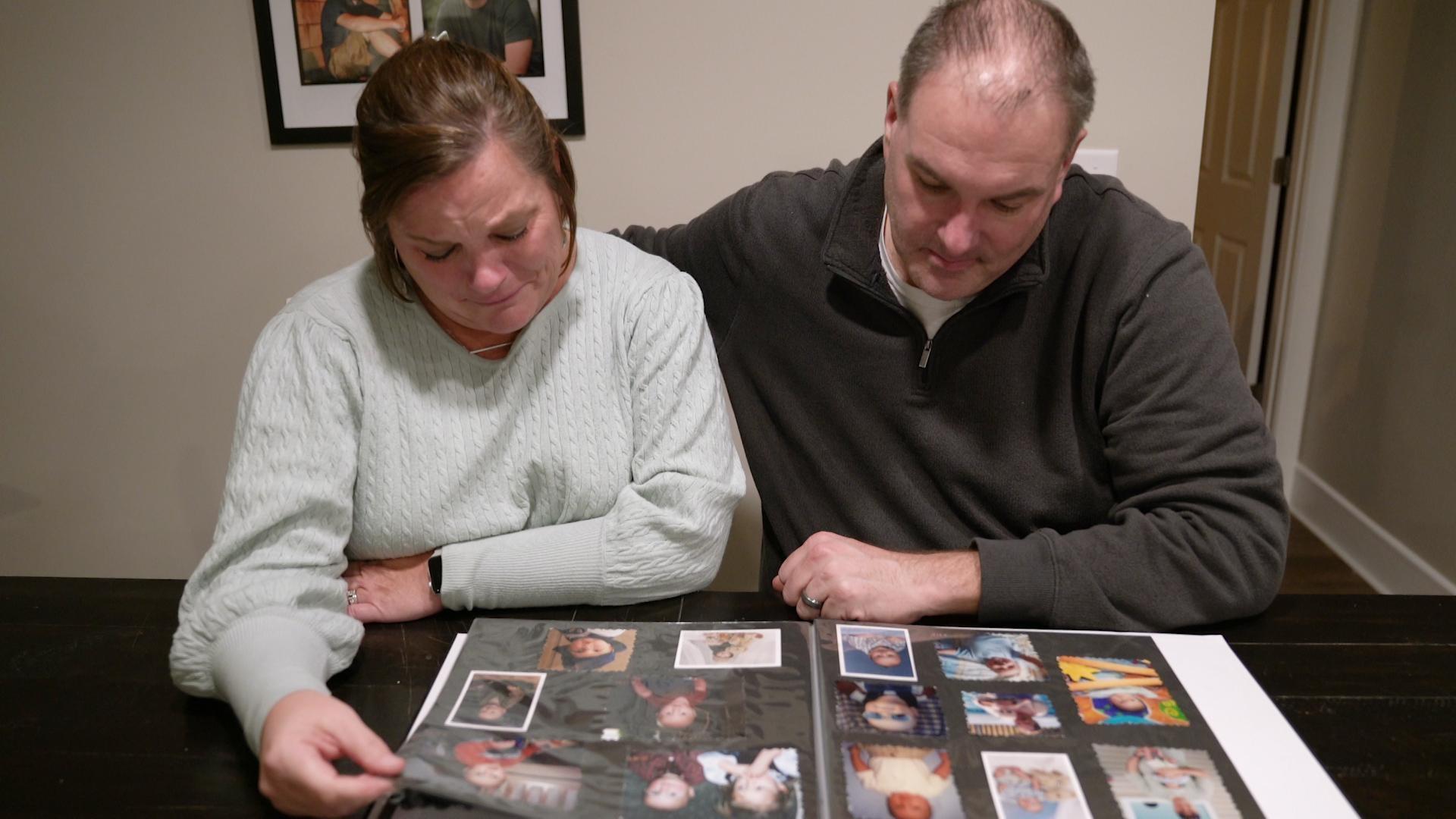
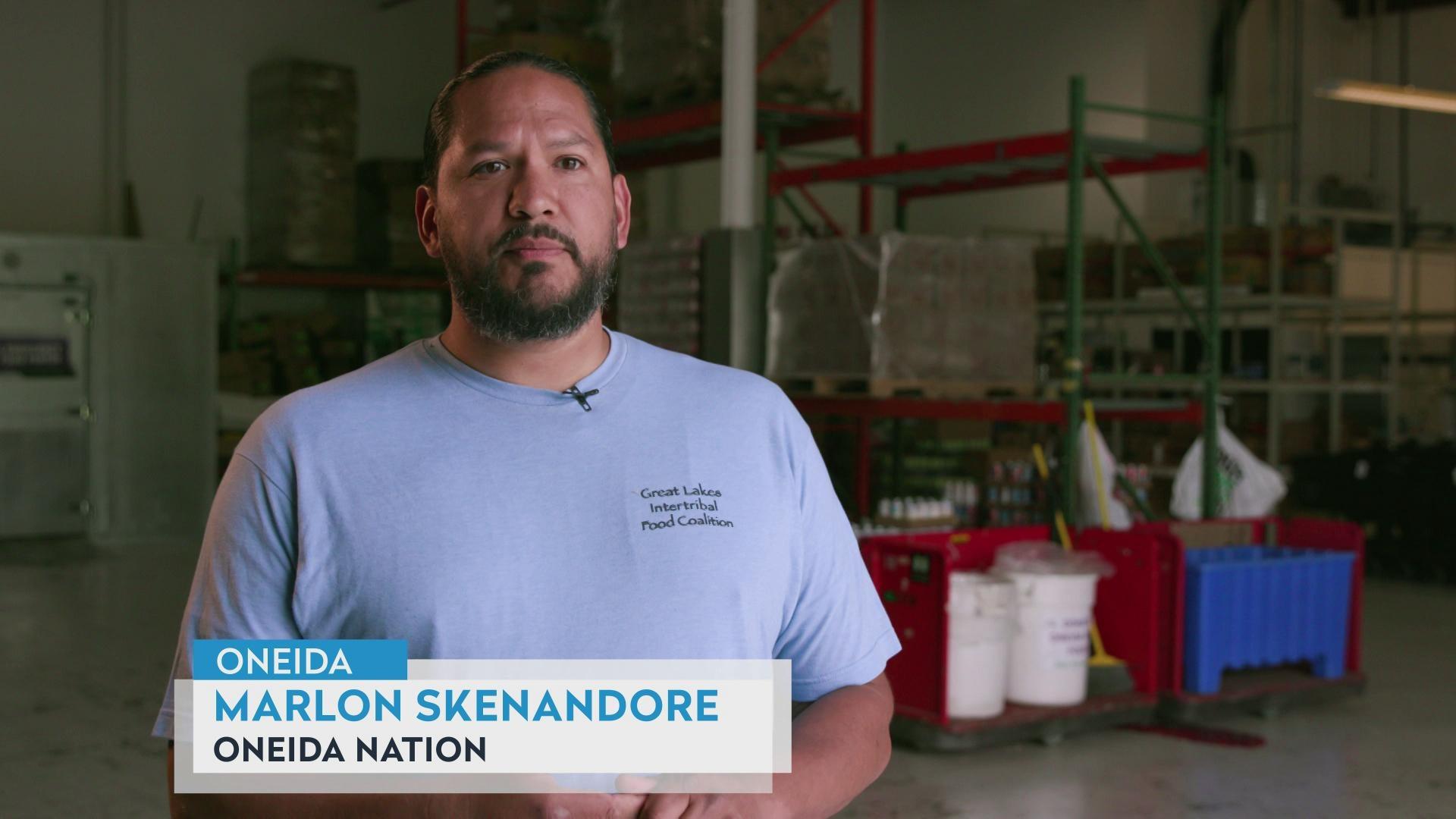
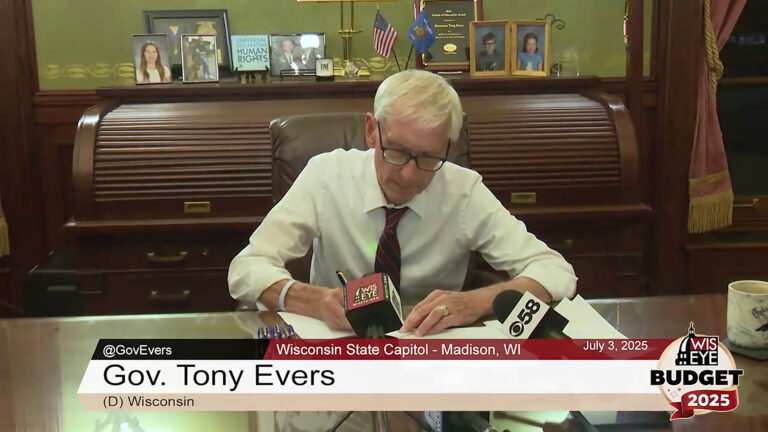
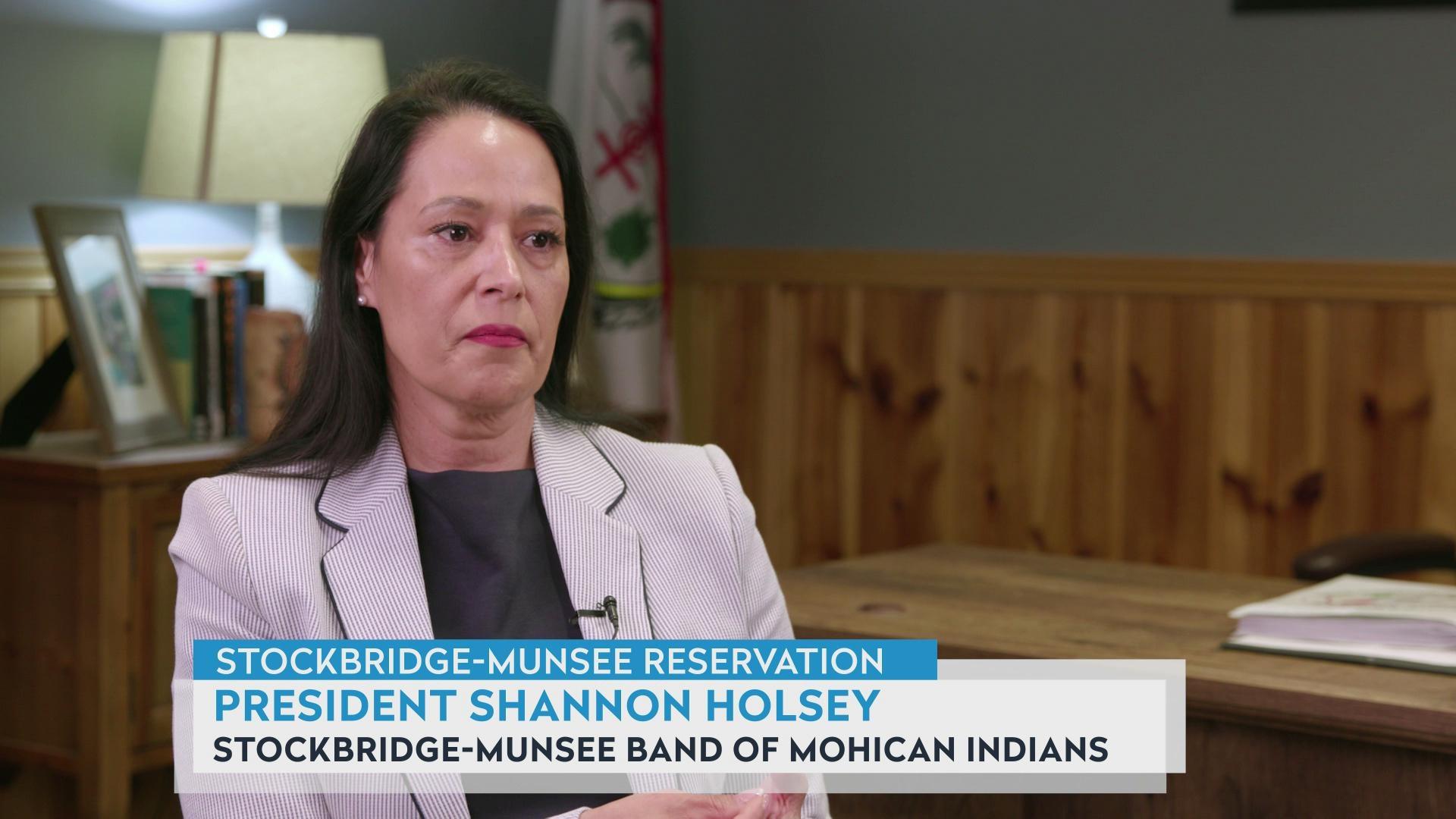
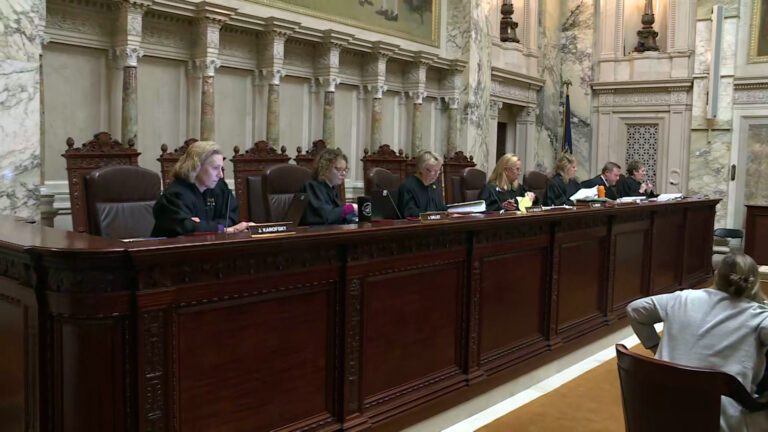
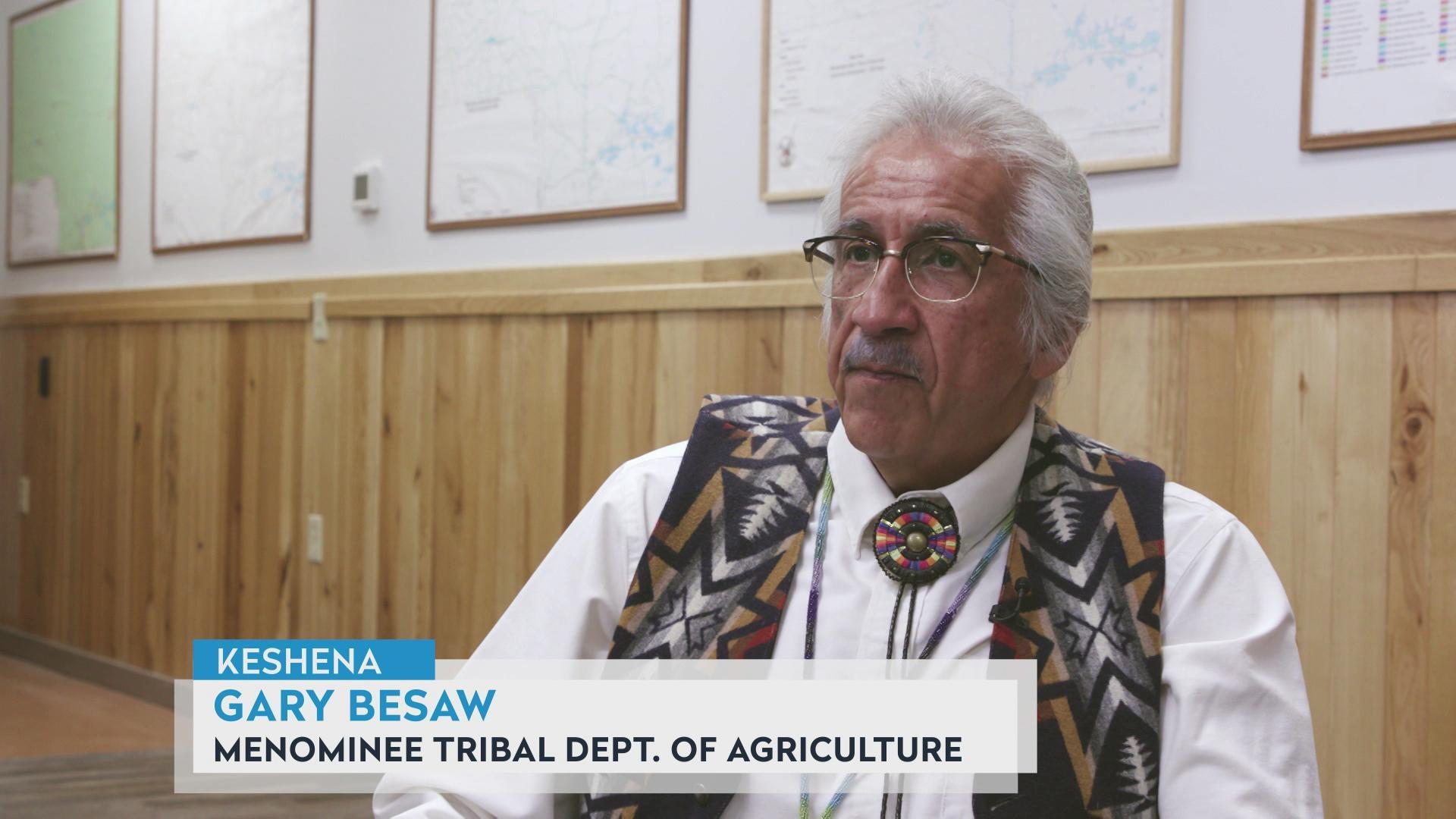

Follow Us